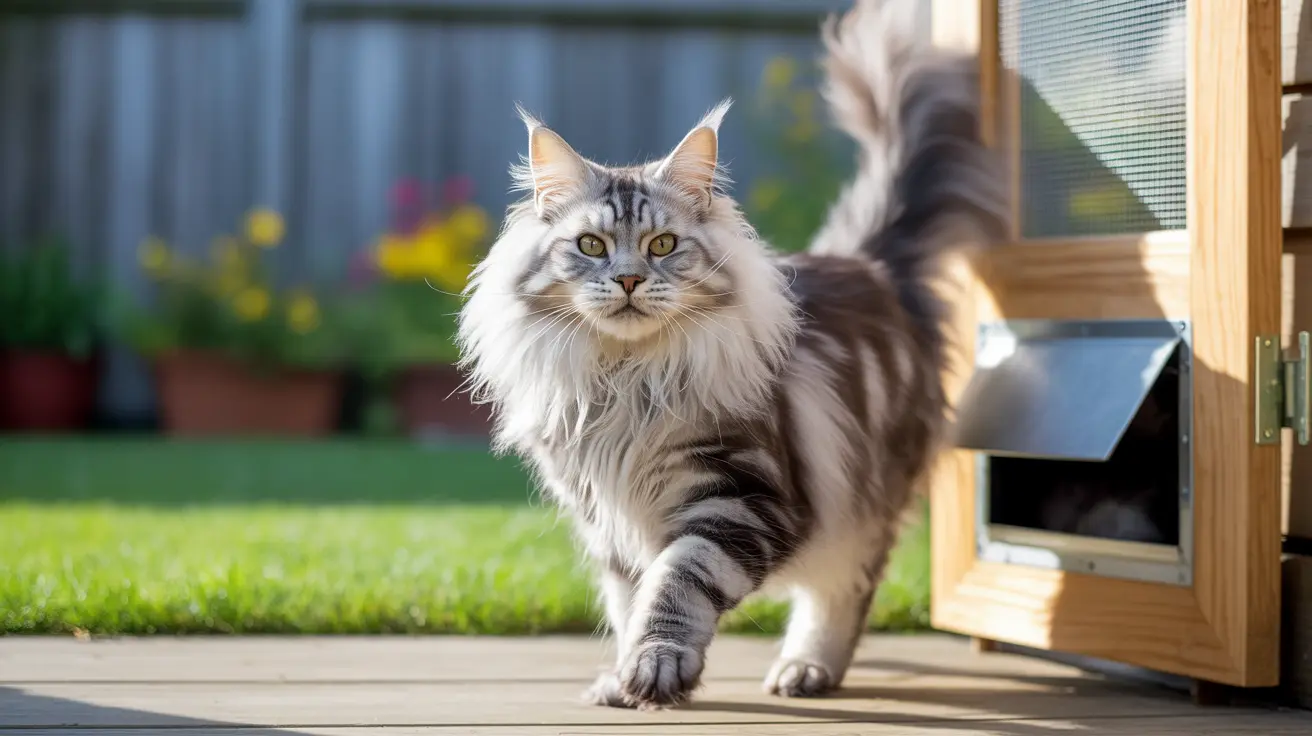How Much DNA Do Humans Share with Cats?
It's a fascinating fact for animal lovers and science enthusiasts alike: humans share around 90% of their DNA with domestic cats. This astonishing statistic highlights not only our shared evolutionary history but also the genetic continuity among mammalian species.
Understanding Genetic Similarity
Genes are the fundamental units of heredity, composed of DNA. When scientists say that humans and cats share 90% of their DNA, they refer to the similarity in sequences and the functions of genes coding for essential biological processes.
- DNA Sequence Similarity: About 90% of cat genes have an equivalent in the human genome.
- Protein Function: Many proteins involved in metabolism, cell division, and immune response are nearly identical in cats and humans.
- Genomic Structure: Chromosomes may differ in number and structure, but gene order and content can be surprisingly preserved.
Why Do We Share So Much DNA?
The high degree of genetic similarity stems from shared ancestry. All mammals trace their lineage to a common ancestor that lived more than 90 million years ago. Over time, different lineages evolved distinct forms, but retained many genetic instructions for core functions such as development, immune defense, and cellular processes.
How Cats Fit into the Carnivoran Family
In the context of mammalian evolution, cats belong to the order Carnivora, specifically the suborder Feliformia. Dogs and bears, on the other hand, fall under Caniformia, a separate suborder. While dogs and bears are more closely related to one another, cats chart their own path in the evolutionary tree.
Despite this, all these animals—including humans—are part of the broader mammalian clade, which explains the significant overlap in our genomes.
Examples of Shared Traits
- Vertebrate Body Plan: Both humans and cats have a similar internal skeletal structure, including a backbone, ribs, and four limbs.
- Reproductive System: Mammalian reproduction includes live births and nursing via mammary glands.
- Organ Function: Liver, kidneys, heart, and lungs function in highly comparable ways.
- Sensory Capabilities: While cats have superior smell and night vision, the basic sensory mechanisms derive from similar genetic foundations.
Implications for Medicine and Research
Biomedical research often utilizes animal models to study genetic diseases, drug efficacy, and physiological responses. The close genetic similarity between cats and humans makes felines valuable models in veterinary and human medicine. For example:
- Feline Immunodeficiency Virus (FIV) offers insights into human HIV research.
- Inherited disorders such as polycystic kidney disease in cats reflect human equivalents, enabling cross-species therapeutic strategies.
- Cancer research benefits from studying spontaneous tumors in cats.
How This Compares to Other Animals
Humans share varying amounts of DNA with different animals:
- Chimpanzees: About 98–99%
- Dogs: Approximately 84%
- Cows: Around 80%
- Fruit Flies: Roughly 60%
- Roundworms: Around 20%
This context shows that the 90% shared DNA with cats is quite high, affirming our close evolutionary ties despite differences in appearance and behavior.
The Limitations of DNA Similarity
While genetic similarity offers fascinating insights, it's essential to understand that small differences can lead to huge phenotypic variations. Just a 1–2% difference in DNA can result in significant diversities in brain structure, cognition, behavior, and lifespan.
Moreover, gene regulation—how and when genes are turned on or off—also plays a crucial role. Even if genes are shared, how they’re expressed can vary widely across species.
Final Thoughts for Pet Owners
Understanding that we share 90% of our DNA with cats can deepen the bond you feel with your feline companion. It’s not just about the cuddles and purring—it’s also about a shared biological heritage. The next time your cat exhibits human-like quirks, remember: you may have more in common than you think.
This appreciation of shared genetics can also inform better care, nutrition, and veterinary attention, improving quality of life for both humans and their pets.





